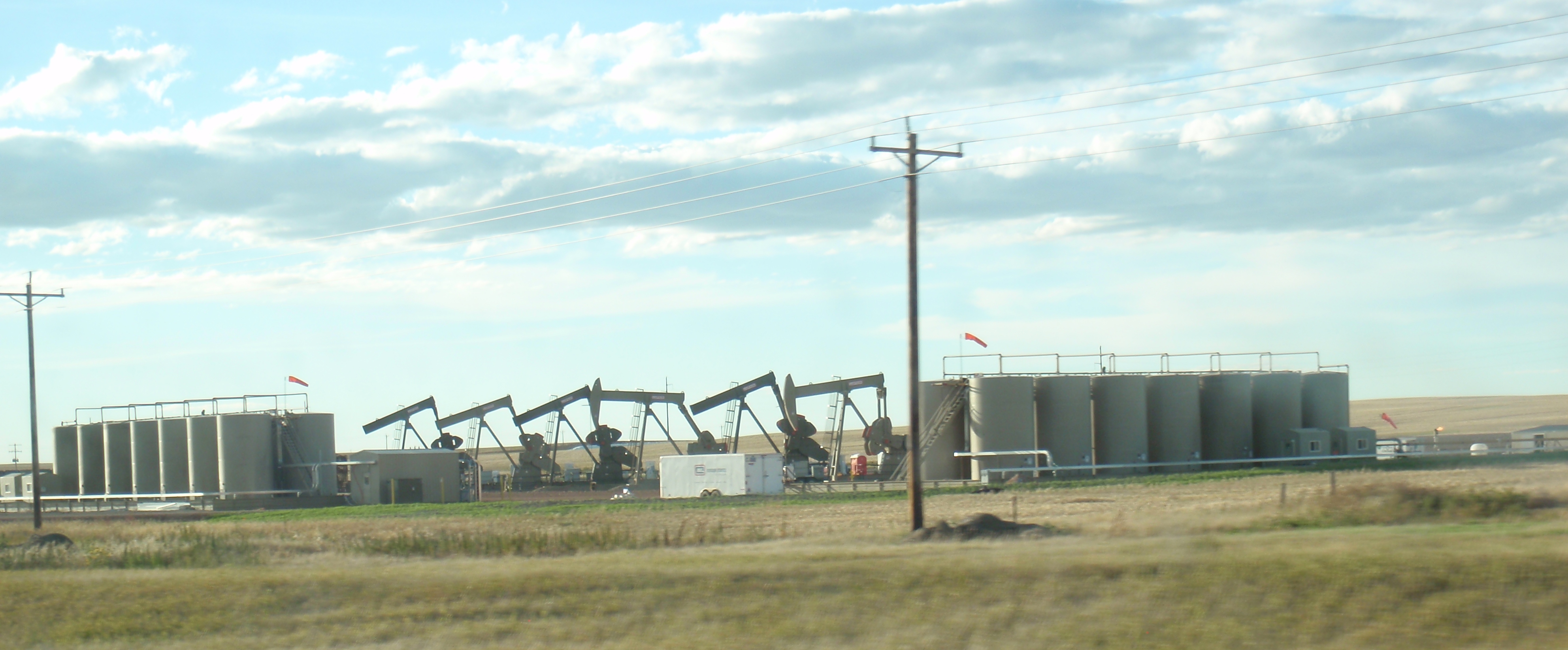
Robert Bryce dives deep into the astounding technological and economic advances of the last 200 years as he ponders Smaller Faster Lighter Denser Cheaper: How Innovation Keeps Proving the Catastrophists Wrong.
Innovation leading to technological advances creates wealth, improves health, and makes everyone better off. Some people in some places have been left behind by the dramatic economic improvements of the last two centuries. The best way to make life better for those folks is to continue innovating and make cheap, small, fast, highly economical tools and resources available to them.
The book as so many explanations and illustrations. I’d love to describe dozens of things that caught my eye. I will mention merely a few.
You will often see the foolish and erroneous statement that we only have X years of some resource left on the planet. When you look at the built-in calculation you see the presence of the silly fallacy of dividing known reserves by current consumption.
The reason that calculation is so foolish is it completely ignores exploration that finds new fields, innovation in recovering more resources, and economic changes that make it worthwhile to gather something that was uneconomical before.
Consider for a moment the idea that we are going to run out of oil because at current consumption rates will use up all the proven reserves in however many years. The formula is
- proven reserves
- divided by current consumption
- equals years until we completely, totally exhaust all of that item on the entire planet
The book mentions work by John Boyce, an economist from University of Calgary. At location 1173 in the Kindle edition of the book Prof Boyce
…points to the Kern River oilfield in California, which was discovered in 1899. By 1942, the field had produced 278 million barrels of oil, and analysts believed that only some 54 million barrels of oil remained to be exploited. And yet, says Boyce, “by 1988, an additional 736 million barrels were produced and estimates of remaining reserves were raised to 970 million barrels.” By 2010, Boyce said, after Kern River had produced a total of more than 2 billion barrels, still more oil was being found in the field. The latest estimates were predicting that about “627 million barrels remain recoverable” in the Kern River field.
To refine those data points I pulled the 2006 cumulative production and estimated reserves from the California oil and gas report. I couldn’t find the cumulative data for 2010 from the state, so I pulled the annual production from 2007 through 2010 for Kern River field from the 2010 report.
Following table takes the numbers mentioned in the book, aggregates them, adds the 2006 data from California report, and refines the 2010 cumulative calculation.
Check out the following production from Kern River field, in millions of barrels of oil:
- Cumulative estimated
- Year production reserves total
- 1899 discovered
- 1942 278 54 332
- 1988 1,014 970 1,984
- 2006 1,975 475 2,450
- 2010 2,091 627 2,718
Notice how the total of actual production plus estimated (proven) reserves keeps rising as time passes? Unless you want to consider the amount of oil is increasing, then those increases must be due to a combination of innovation, improved knowledge of the field, and improved economics making more oil economically recoverable.
Also notice the 736M barrels used between 1942 and 1988 is 13.7 times larger than the estimated reserves of 54M barrels in 1942. Those petroleum wizards pulled out 13 barrels by 1988 for every 1 barrel that was in known, proven reserves back in 1942.
Look closely and you see the 1,077M barrels produced between 1988 and 2010 is 1.1 times larger than the reserves in 1988. Add in the increased reserves, the total estimated barrels in the field increased by 734M barrels between 1988 and 2010, even with full-steam-ahead production.
That the total keeps rising should make you skeptical that the current reserve number is all that will ever be produced.
So, calculating the number of years left of producing some resource by dividing known reserves by current production is invalid methodology, leads to wrong conclusions, and is foolish overall.